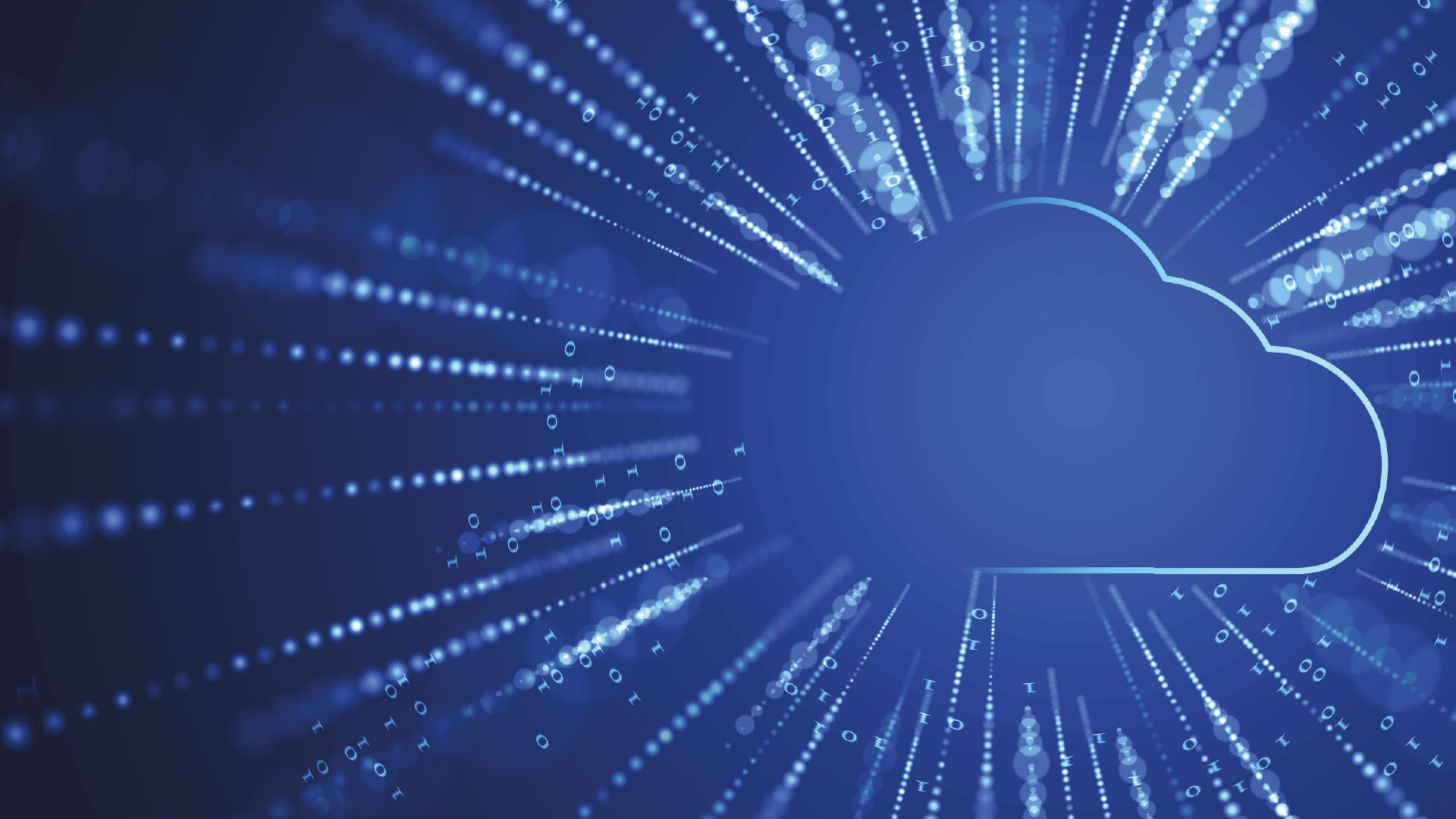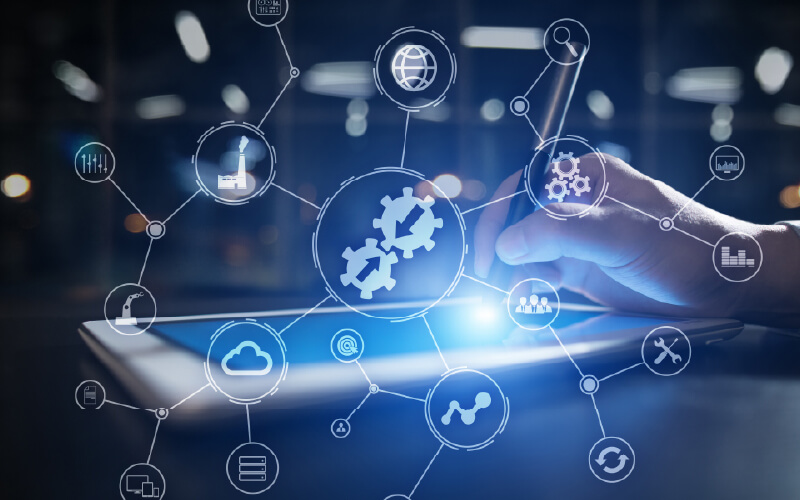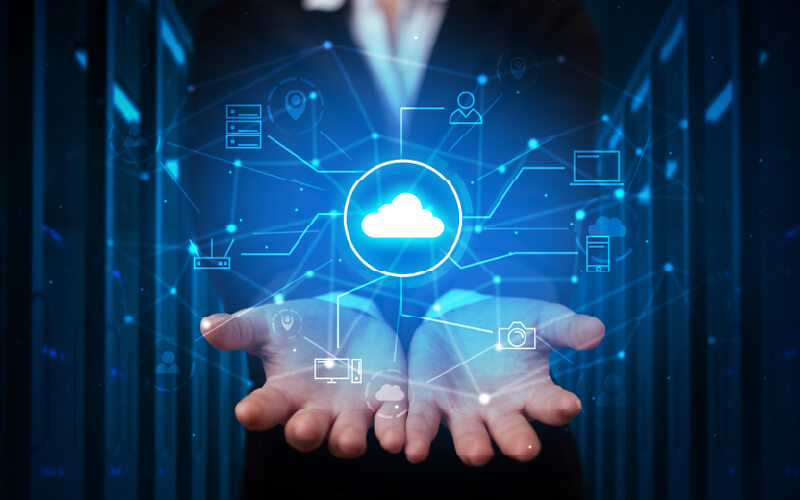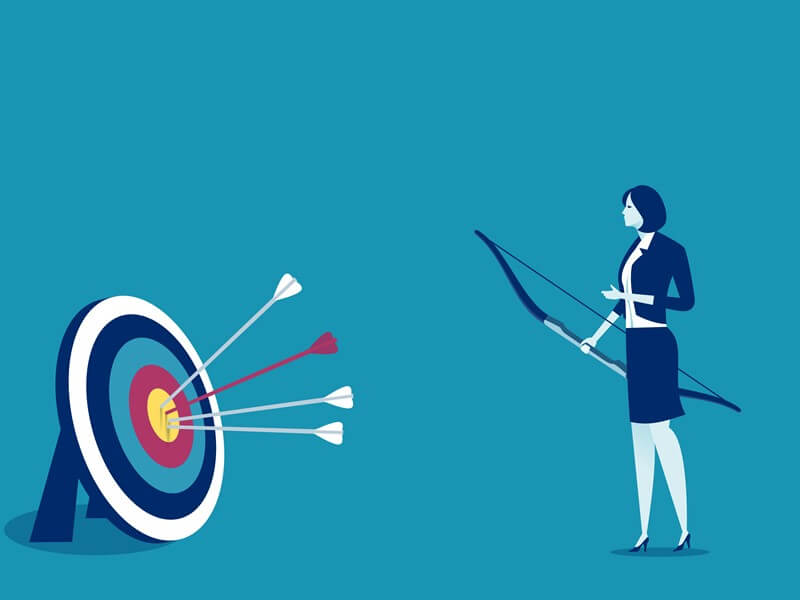This website uses cookies. By continuing to browse the site, you are agreeing to our use of cookies
Top 8 Legacy Modernization Approaches
Digital Core Transformation
February 25, 2022
Maintaining legacy systems comes with several challenges like security risks, inefficiency, unpredictability, and lack of insights and information. IT departments must modernize business processes and applications sooner than later; else, there is a risk of falling behind the competition.
Legacy modernization has extended beyond merely updating the systems. It aims at meeting the digital requirements of the organization. Customers have numerous reasons to modernize the applications in legacy platforms. A combination of multiple legacy modernization services can improve the core IT and infrastructure, enhance business agility with new appealing features and functionalities, increase efficiency, and strengthen customer service.
Here are eight legacy modernization approaches in which legacy systems can be modernized.
1. Re-Platform/Rehost
This is one of the legacy modernization approaches that allows legacy applications to function in the cloud without major changes to applications. Some code parts can be rewritten as needed or the way the application interacts with the database can be modified. Customers perceive this service as a quick way to eliminate MIPS (million instructions per second) utilization and take advantage of cloud solutions. This modernization strategy can be implemented in less than 7 months with our partner products such as TmaxSoft.
2. Rewrite
Customers require legacy modernization for a variety of reasons, including:
- Prohibitively expensive application maintenance
- Monolithic code
- Difficulty to maintain and add new features
- Shortage of market talent to scale the business in legacy technology
Legacy language rewrites can be done manually or automatically.
Customers can rewrite applications in 9, 12 & 16 months.
3. Replace
Some clients are interested in replacing the legacy applications with COTS (Commercial Off the Shelf) packages and/or SaaS (Software-as-a-service). This ready-made legacy modernization approach has a specified user interface and workflows for integrating and operating with other current systems and processes. Some common solutions such as PAS (Policy Administration System) and Salesforce are common COTS/SaaS solutions available in the market. Customers are leveraging this quick-fit approach to incorporate today’s development tools, adapt many new security and compliance requirements and have future-proof applications.
4. Retain
Despite the need for legacy modernization, customers may choose to retain legacy platforms for the following reasons –
- Legacy systems provide the exact functionality as required
- Familiarity with legacy systems
- To avoid the challenges of dissecting a fully integrated up and downstream with the rest of the application architecture and business functions
- Data needs are limited to audits and compliance. As a result, such applications can be archived to low-cost storage or customized to generate reports when needed and eventually retired.
5. DevOps for Legacy
During the modernization journey, many large mainframe customers contemplate adopting unified DevOps as a tactical strategy. DevOps for Legacy is a legacy modernization approach that enables new/updated code to be continuously integrated with a central repository, resulting in error-free builds that can be deployed quickly. Establishing unified IDE (Integrated Development Environments), centralized code repositories, and automated testing sets the stage for a perfect legacy modernization roadmap and allows for the implementation of business changes in shorter sprints.
6. Data Modernization for Legacy
For years, enterprise customers (especially in banking and financial services) have faced the rising costs associated with managing legacy data like VSAM, ISAM, IDMS, IMS, etc. Simply said, clients want to migrate data from legacy databases to modern databases in order to fulfill the needs of business agility, mobility, cloud computing, big data and social media. Hexaware meets these corporate objectives by migrating to more robust, scalable, and flexible databases. Hexaware’s partnership with market-leading products like Snowflake, as well as in-house developed accelerators, enables accelerated migration to more robust RDMS, NoSQL and cloud-based systems.
7. Legacy Optimization
One of the best things to consider during the modernization journey is to look for opportunities to optimize the mainframe MIPS usage. The benefits achieved through MIPS or batch optimization can be used to fund the modernization journey. Hexaware’s Optimization methodology is one of the legacy modernization approaches that examines systems, subsystems, workloads, code, and SQL optimization techniques for the mainframe applications, and our clients often realize a 12-35% reduction in MIPS utilization within 3 to 6 months.
8. APIfication
It allows ease of integration between platforms, applications, and systems to connect and share information and carry out different tasks. Every legacy monolith application can be decoupled into independent functions, rewritten as microservices, and exposed through an API. This APIfication technique enables customers to progress towards establishing composable enterprise architecture for future-ready businesses.
Hexaware’s partnership with leading products like MuleSoft allows our customers to implement APIfication in a shorter period.
Application modernization does not have to be an expensive and disruptive endeavor. Using Hexaware’s expertise, customers can reap the benefits of using the modernized applications through our Legacy Modernization services.
We have utilized our proprietary application portfolio cloud transformation product suite, Amaze® for Applications for several customers in replatforming complex applications to the cloud and deploying them in production environments. Amaze® for Applications focuses on the blockers and drives speedy cloud transformation for digital evolution across your estate of legacy applications. It helps migrate legacy applications to Microsoft Azure in just weeks with TCO reduction of more than 50%. It also frees you from the huge licensing costs.
To learn more about Hexaware’s Legacy Modernization capabilities and our accelerated approach, please reach out to us at marketing@hexaware.com.
About the Author
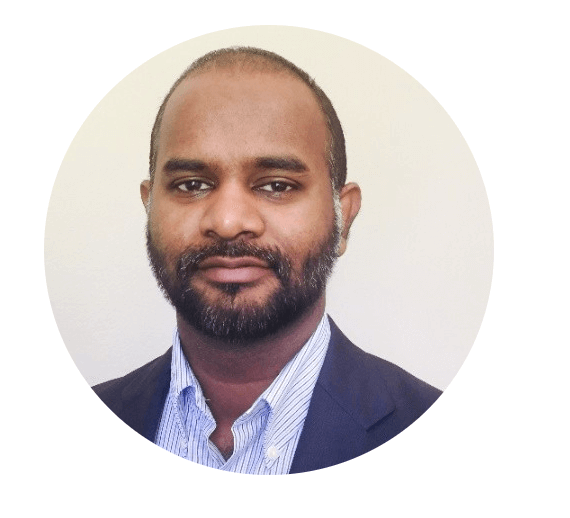
Rajeshkannan M
Read more
Related Blogs

Ready to Pursue Opportunity?
Every outcome starts with a conversation










